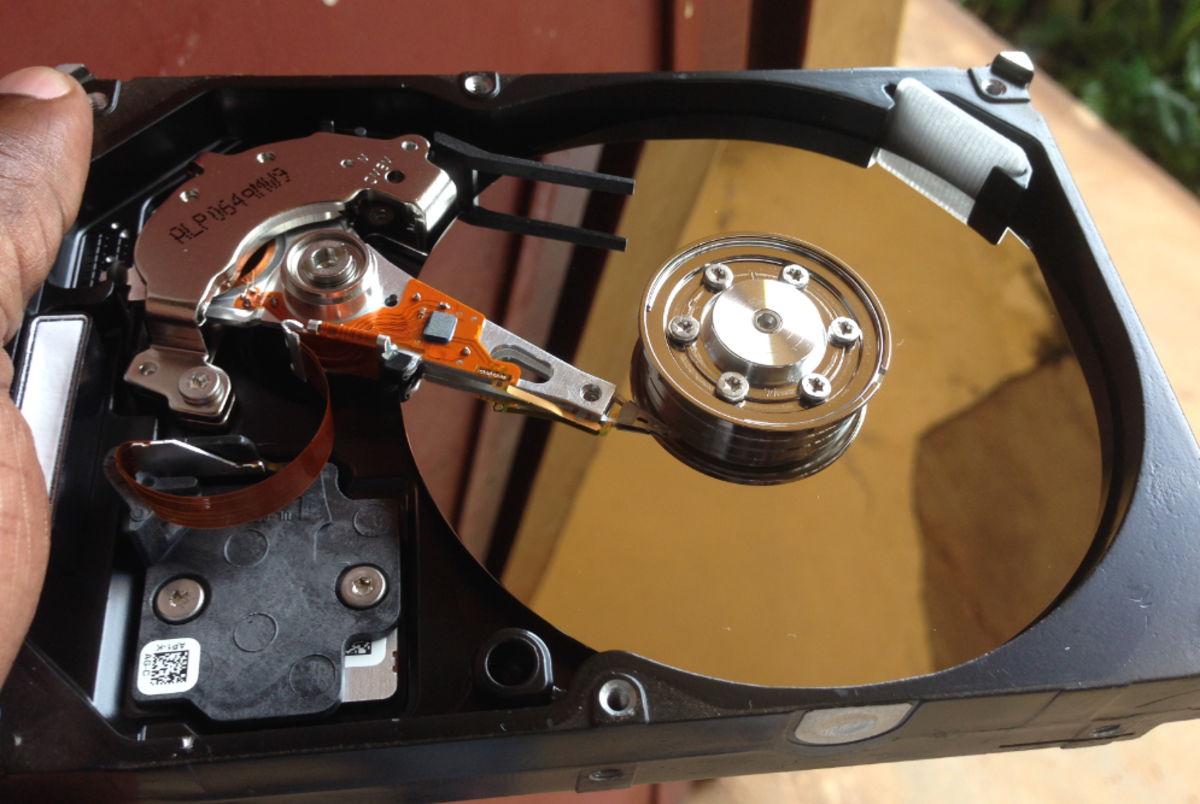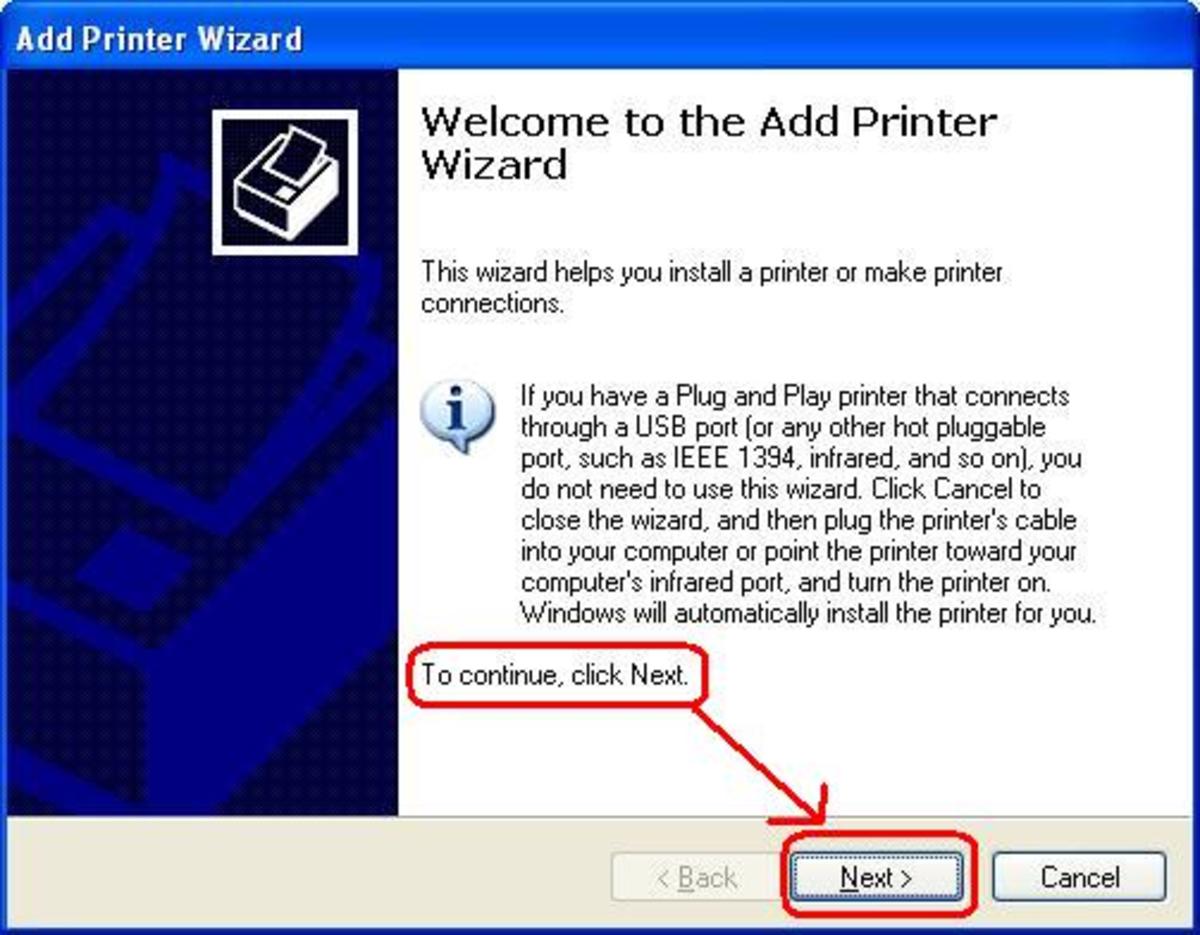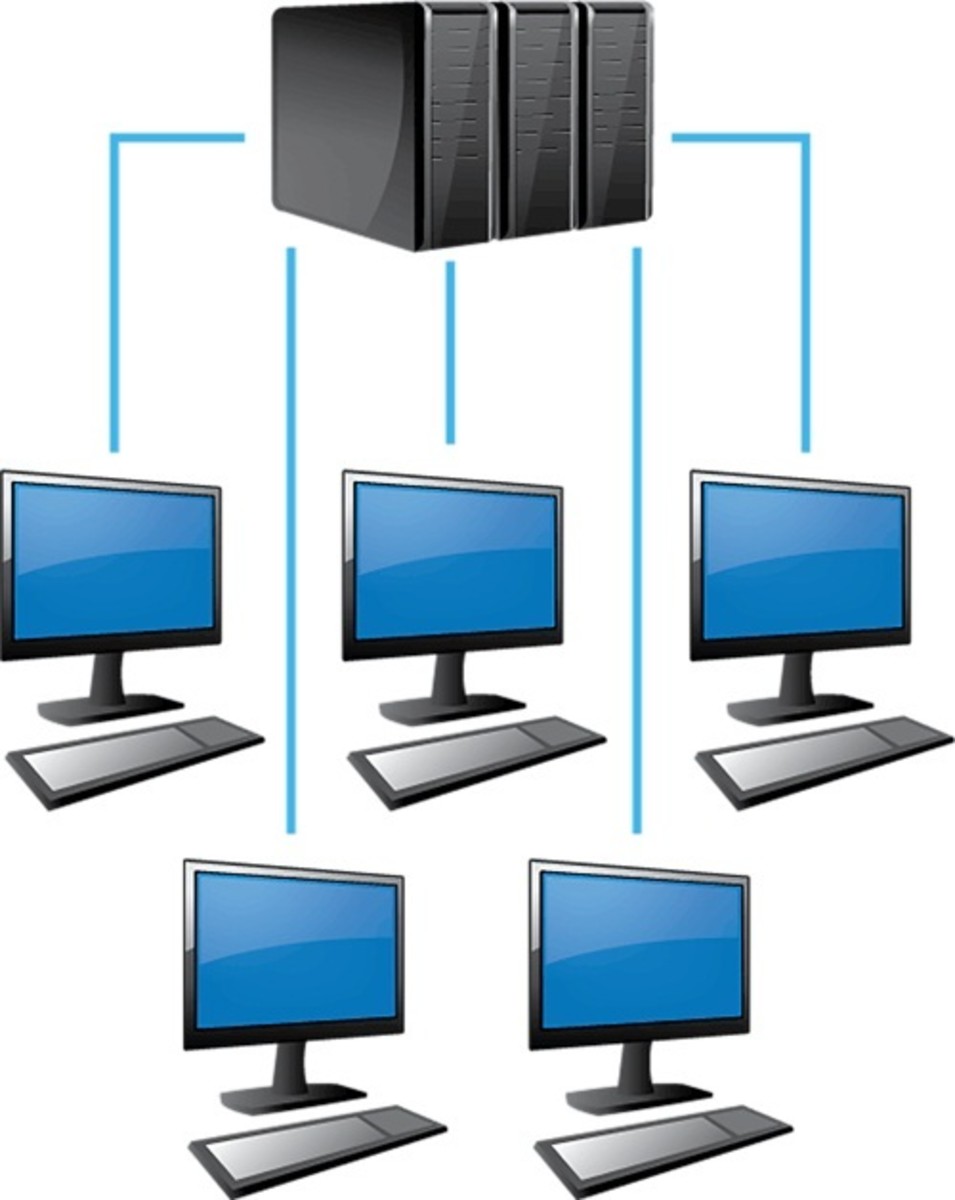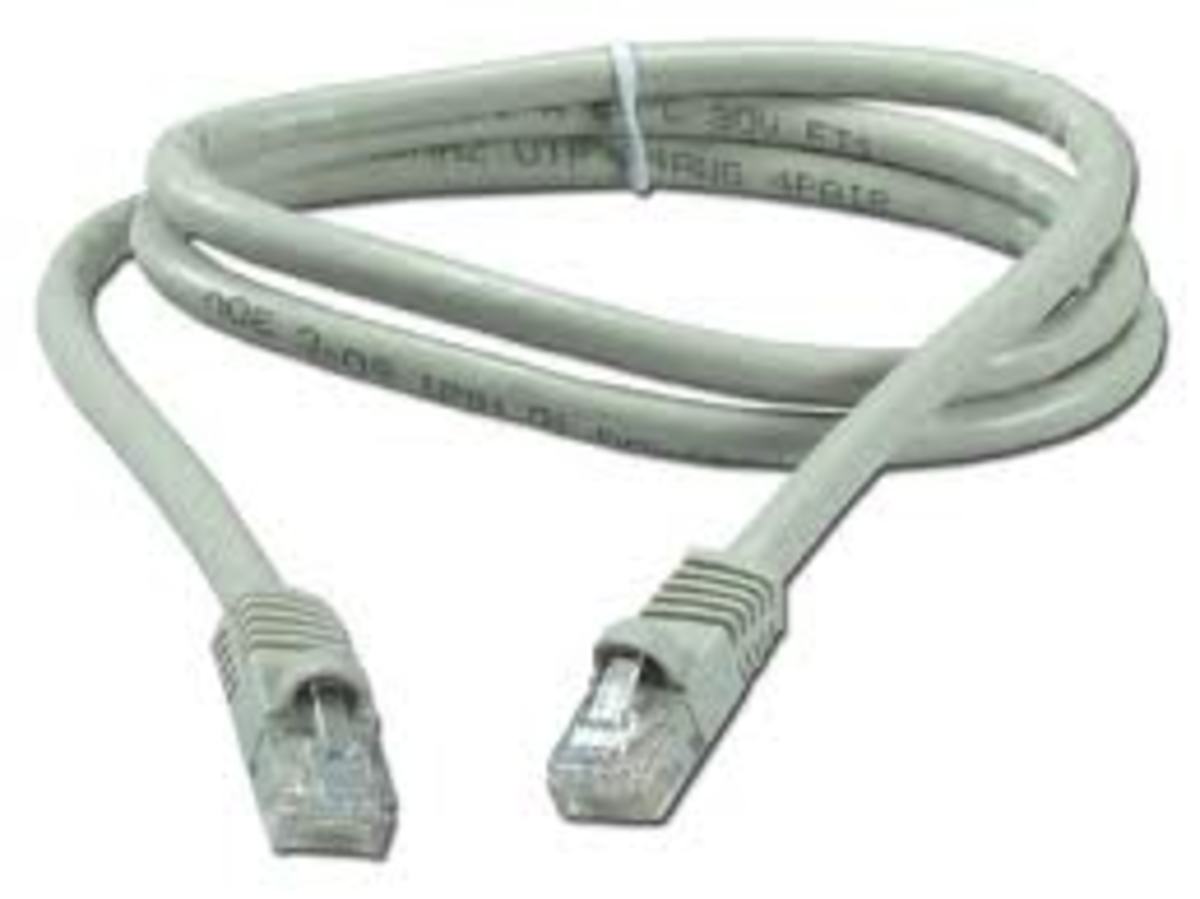Disaster Recovery for Networks and data
Disaster recovery plan
A disaster recovery plan is a document that defines exactly how an organization will recover from a business disaster, and how business will be restored as quickly as possible. This document should describe how the risk of certain disasters are evaluated. Disaster recovery plans should offer data backup and restoration methods, any alternative sites, and also individual skills of administrators and users that can be deployed. There should also be a cost calculated for the total recovery.

Disasters can come in any form and at the most unexpected time. Just take a look at the earthquake and the tsunami in Japan recently. However, for most business the risks will include fires, floods, or in some cases a terrorist attack. A disaster recovery plan should examine threats of internal and external sources. It is important to make the necessary plans to protect the critical data from any such event. Data backup methods offer a secure recovery of data, and a disaster recovery and business continuity plan takes care of the business side of things. Don't wait until after a disaster before you start writing one.
Backups
Data backup is one of the main elements of a disaster recovery plan. Backed-up data is copied to an external media source outside the network. These media's can include magnetic tapes or compact disks (CDs or DVDs), which are then safely and securely stored at an offsite location. The network administrator must decide what data is to be backed up and what should be the frequency of the backups.
Full backup
The method of a full backup will backup all the data in a single backup job. The backed up data will include systems files, application data, and any user data on the users PC. A full backup will change the archive bit on the files to indicate that it has been backed up already. It does take longer to complete this backup process than some of the other alternatives, however the data can be restored much faster, as you will only need a single backup to restore everything.
Incremental backup
The Incremental backup method backs up all the data that has changed or been altered since the last full or incremental backup took place. This type of backup uses the archive bits and changes them after the backup process is finished. This backup is the quickest, but also the slowest method when the data needs to be restored. You will also need the last full backup, and also the incremental backups to help restore everything properly.
Differential backup
The Differential backup method backs up all the data that has changed since the last full backup was taken. This method does not change any archive bits and so, it does not disturb any scheduled incremental backups that you might have. When restoring any data, only the last full backup tape and the differential backup tape are required. It is faster to restore than the incremental backup.
Copy backup
The copy backup method copies all the data from the system but different from the full backup, in that it does not change the archive bit. Most companies will use a mix of one or more backup types to create weekly, monthly and yearly backups. Depending on your requirements a combination of full backup on weekends and incremental backups on weekdays is one of the most commonly applied methods.
Tape rotation.
Even today, magnetic tapes are still one of the most popular mediums used for backups. To reduce the cost involved in the purchase of new tapes for every backup, you can reuse the tapes after a certain amount of time with a preset tape rotation plan. One method of rotation is known as Grandfather-Father-Son (GFS). The backup tapes are categorized into daily, weekly, and monthly sets. A full backup is taken every week, and then a differential or incremental backups are taken every day. Then the daily and weekly tapes are stored offsite and at the end of the week, the new tapes are used for the next week. Additionally, there is another full backup taken at the end of the month too.Next, when the month changes, the tapes are then used for the first week, and the previous month tapes are then reused, followed by the tapes used in the second week, and so on.
The GFS rotation scheme has an interesting naming convention to help you remember. The daily tape set is called the son, the weekly tape set is called the father, and then the monthly full backup tape set is called the grandfather. It is important that the grandfather tape set is not reused as it contains all files changed during that particular month.
Offsite storage.
Whatever your chosen backup method, you should always keep the data offsite. This stops the data backups being vulnerable to destruction along with any other equipment when a disaster strikes. Organizations can store tapes at another location or they can engage a third-party company for the purpose.








